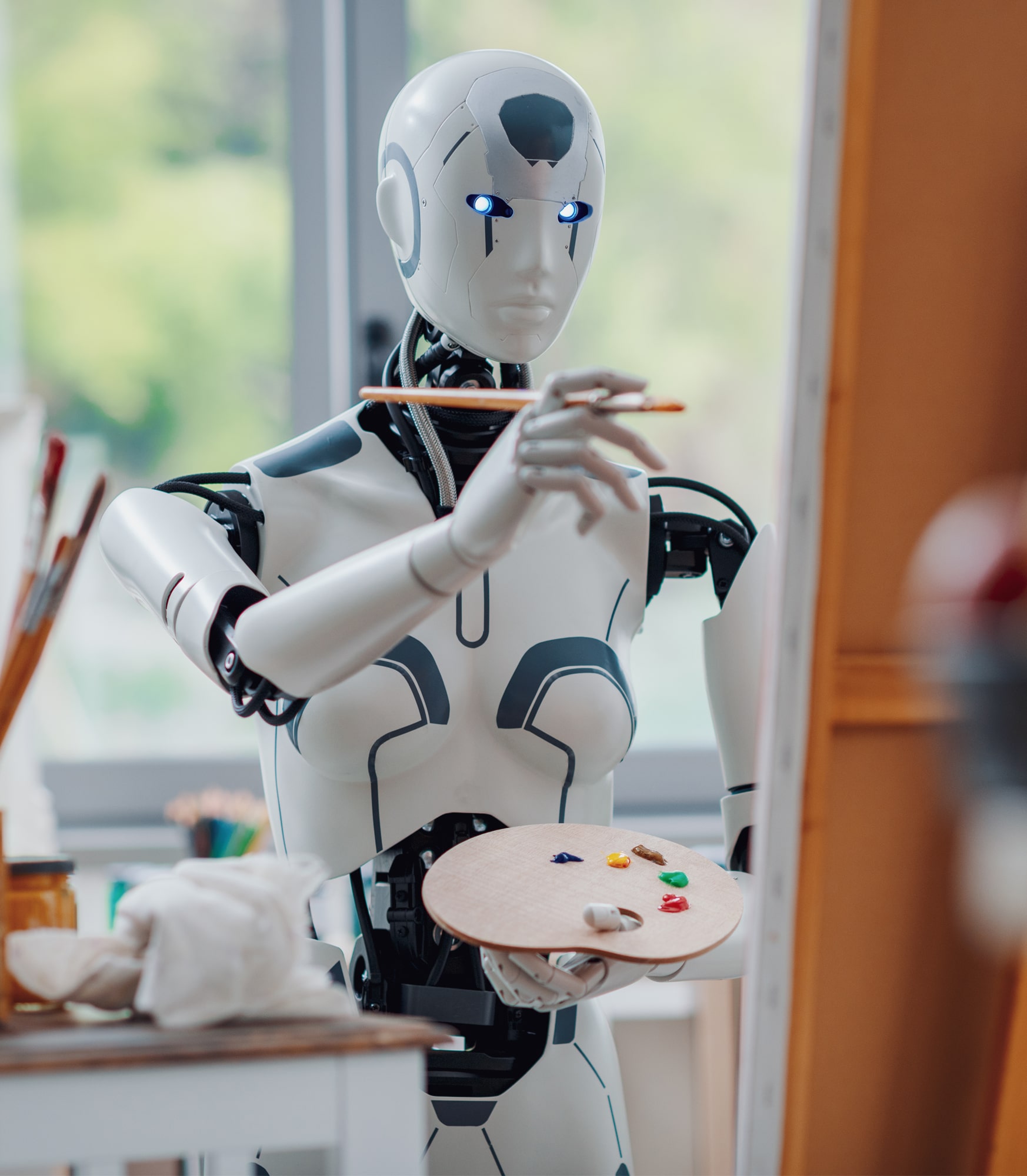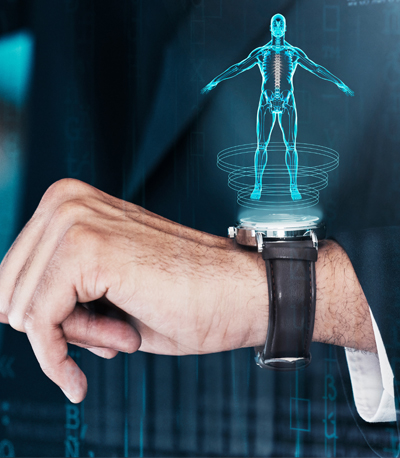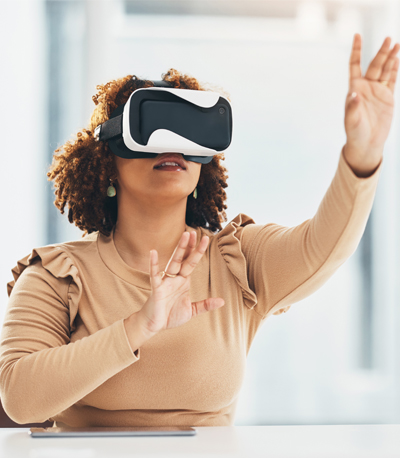
Will AI take over Graphic Designer Jobs?
AI and automation have already disrupted numerous industries, from transportation to finance. The potential of AI to take over human jobs is a looming threat. Graphic design is a field that relies on creativity and artistic ability, which is why many people assume it is a job that robots and AI could never do. But the truth is that AI is creating graphic design projects, and it’s easy to imagine a future where AI takes over.
Before we delve into the topic, let’s first understand what AI is. Artificial Intelligence, or AI, is a branch of computer science that focuses on creating machines that can perform tasks that typically require human intelligence. AI software will learn from patterns and data, making decisions based on past experiences.
Now let’s consider the role of a graphic designer. A graphic designer creates visual content such as logos, brochures, websites, and other marketing materials. First, they must understand color theory, typography, layout, and design principles. Then, with the help of software like Adobe Photoshop, Illustrator, and InDesign, they bring their ideas to life and create unique and appealing designs.
Although AI has yet to replace the need for human creativity and artistic ability in graphic design, it has already made its way into the industry. One example of this is the use of generative design in logo creation. Generative design is a process that uses algorithms to generate multiple variations of a design based on specific parameters. Companies are using this technology to create logos for businesses quickly and inexpensively, eliminating the need for a human designer to spend hours coming up with different iterations of a logo.
Another area where AI is already influencing graphic design is design tools. Adobe, for example, has introduced a feature called “Adobe Sensei” that uses AI to identify objects in images and make selections more accurately. It also includes an “auto-color” feature that identifies complementary colors and suggests color schemes for designs. This technology saves time and makes the design process more efficient.
For example, companies use an AI-powered website builder that uses algorithms to create custom websites based on user preferences. The software chooses the layout, typography, and color scheme based on the content and the user’s desired aesthetic.
With the above examples in mind, it’s clear that the integration of AI is into certain aspects of graphic design. However, AI will only take over some of the industry. There are still many areas where human creativity and intuition are necessary.
For example, a logo is more than just an image; it represents a brand’s values and identity. A human designer is better equipped to understand the nuances of a brand and create a logo that accurately reflects it. The same applies to other marketing materials, such as brochures or billboards. The creative vision behind these pieces requires human input, which technology cannot replicate.
Moreover, AI-generated designs may need more emotional impact and storytelling element that comes with human-made designs. So while AI can create technically perfect designs, it might evoke a different emotional response from consumers.
Another factor to consider is the cost-effectiveness of AI vs. human designers. While AI-generated designs may be less expensive, they may not be worth the price in terms of quality and impact. Human designers bring a level of creativity and intuition that AI may never be able to replicate. As a result, businesses that choose AI over human designers may face consequences regarding brand image and customer appeal.
In conclusion, while AI is entering the graphic design industry, it does not mean it will take over. Many aspects of graphic design still require human creativity, intuition, and storytelling ability. So, while AI may streamline specific aspects of the design process, it can only partially replace a human designer’s role. Graphic design is a field that celebrates human imagination and creativity, and AI cannot replicate this unique aspect of the industry. It’s safe to say that graphic designers don’t have to worry about losing their jobs to robots anytime soon.
About the author : Darlene
Darlene Gagnon is an award-winning entrepreneur recognized by the National Association of Women Business Owners and is an Enterprising Women Inspirational Entrepreneur. She served on the board of directors for Entrepreneurs’ Organization and has mentored entrepreneurs and start-ups for over a decade. Her two companies, WeKinnect Global Branding Agency and Kinetic Promotional Product Services, have been recognized as “Best Places to Work” and “Largest Agency” by American City Business Journal. Both companies serve the US, Canadian, European, and Australian markets. Both companies are located in The Woodlands, Texas, with teams in Canada, the Philippians, and India. Her digital marketing and advertising agency services in English-speaking countries around the world.







